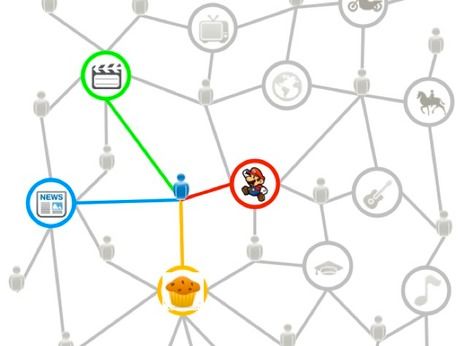Understanding User Interest Graphs - The Future of Commerce?
Minewhat (their story here) is an application that sifts through more than 60 eCommerce sites to bring to you the products which match your interests and traits using interest graphs. Interest graphs are not something very new but have gained prominence lately.
Here’s what Janakiram, founder at Minewhat had to say about understanding these interest graphs:
Interest graphs are a dynamic linkage between user and their interests. They are built on top of a social graph like Facebook and Twitter. Currently Facebook is the best available social graph with user likes and interest.

Interest of a user is based on his/her profile, personality, location, education, profession, environment, and so on. Lifetime of Interest is another important factor to consider while building a graph. Certain interests have longer lifetime like painting and dancing; some have shorter life time like a movie or newspaper articles. So understanding a user interest is a continuous activity.
When it comes to commerce, need is the primary factor, next comes interest. Mapping user interests to products will help both merchants and buyers. Merchants procure products based on buyer taste; which in-turn will increase the competition because of pure demand. So user gets the high valued products at competitive price. This chain reaction also affects the product manufacturers. So it can result in a good user driven bottom up eco-system. One good example would be thefancy.com, where user can post items of their interest and some potential brand can make that item available for purchase. And this is fascinating!
Interest based products have high relevance for the user. So the user experience in an e-commerce store can be much better than showing standard set of items of various categories to all the users. Freshness in suggestion can be achieved by updating the user interests frequently and adding products using social curation.
Personalization increases the relevancy of the product but it can potentially cut the global view. So the right mix of personalized products and socially trending products can decrease the chance of boxing the user. A portion of commerce can potentially become bottom-up user driven system than the current top-down approach.
Adoption to interest graphs in terms of recommendation is only a matter of time and we’re pushing the word with Minewhat.
Minewhat has already partnered with Offergrid to offer personalized offers and will be integrating the solution with two eCommerce sites in the coming weeks. Know more about Minewhat here.






